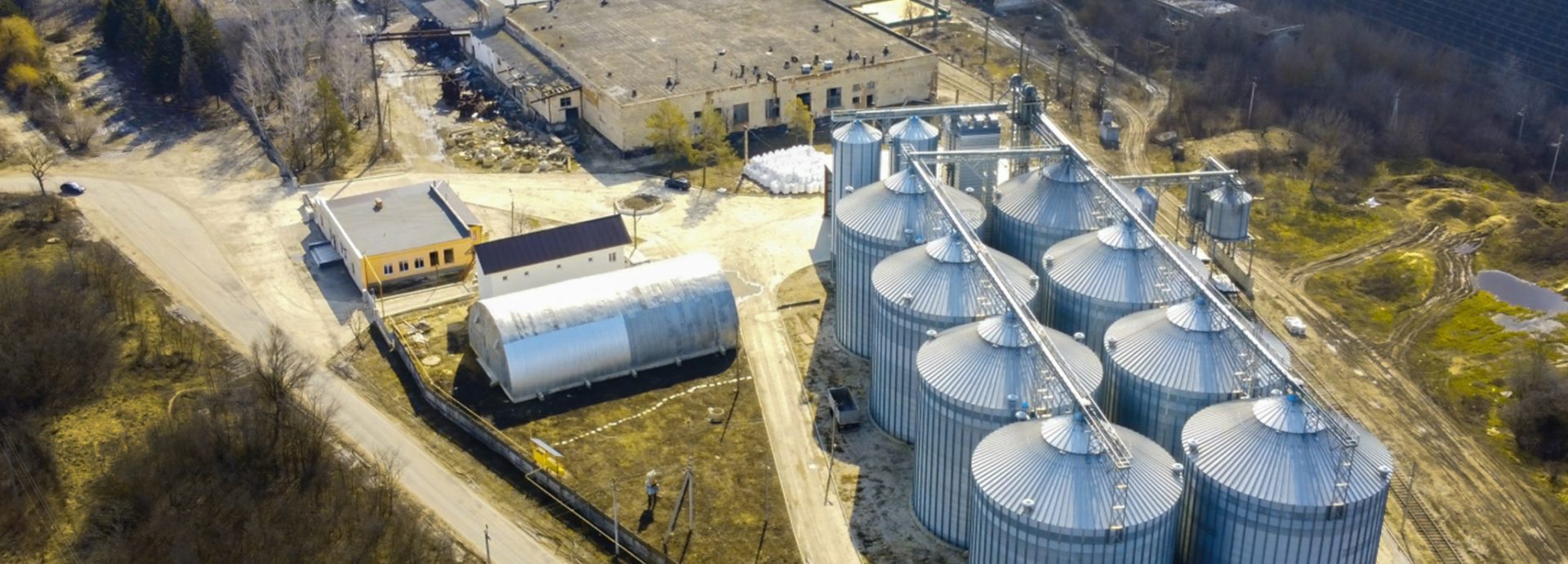Hydrogen Resources for Schools & Universities
Partnering with schools and universities is a critical part of our strategy as we help build the decent jobs of the future. We are working to add helpful resources here and, in the meantime, we encourage schools and universities to please contact us with any questions.




 Careers
Careers




























